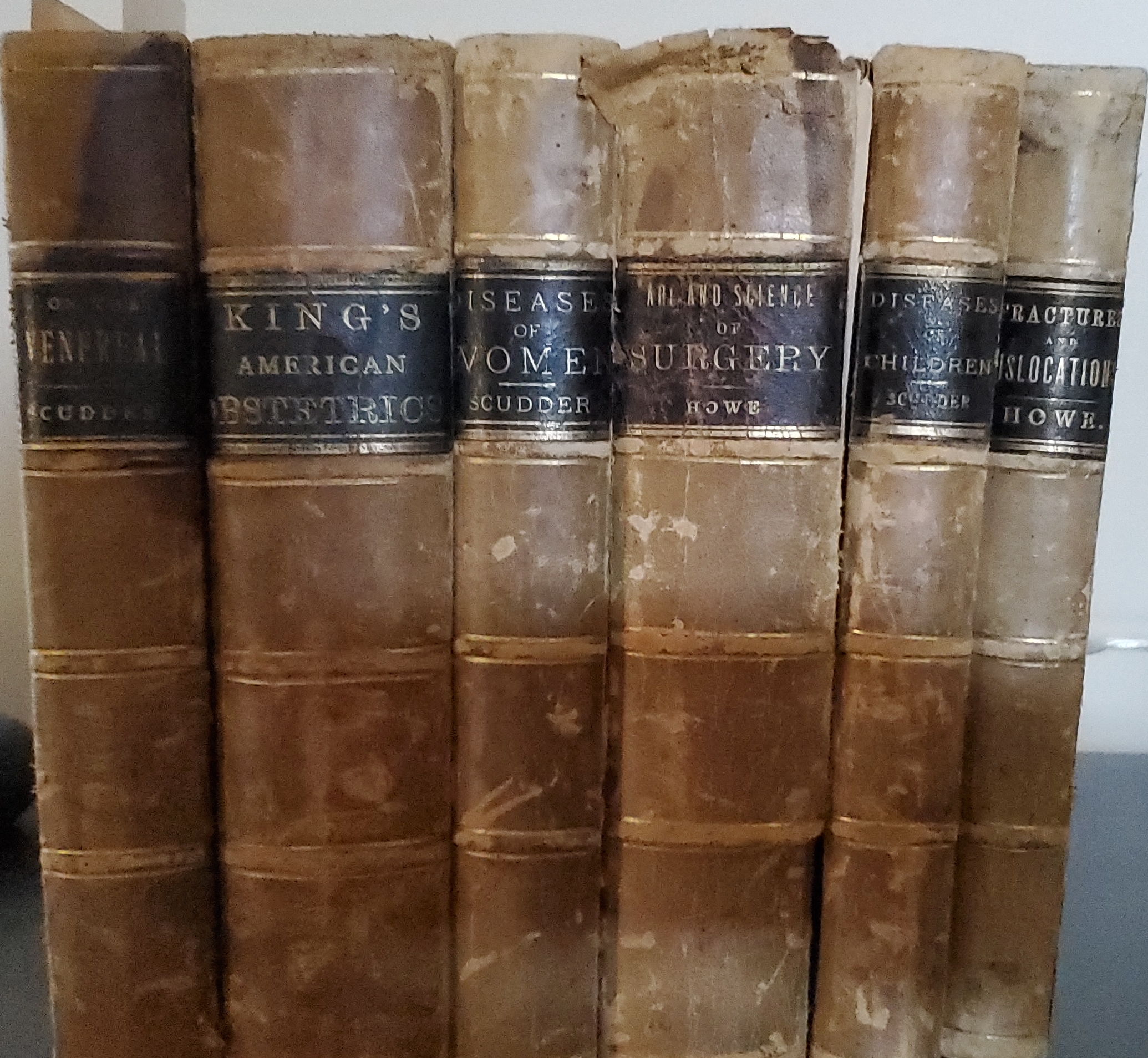When I started this project, I was initially focused on learning who the eclectic medical doctors were. I stumbled upon their textbooks, which is another story to tell, but needless to say, I opened them, and inside were pictures that looked like any other medical textbook from the late 1800s. I googled eclectic medicine and went to the Wikipedia page as anyone else would do. The men who wrote the most texts, Dr. John King and Dr. John Scudder, were two prominent physicians of the largest medical school, the Eclectic Medical Institute in Cincinnati. Dr. John King wrote the over 1400-page American Eclectic Dispensatory detailing how to make different plant-based compounds for diseases. These physicians prided themselves on being experimenters and following science to help bring people back to health. The history of medicine as being behind the other sciences is a very true story. People do not realize that the ancestors of physicians today were still taking lancets to make patients bleed and giving them mercury and poisonous compounds even into the gilded age. The eclectic physicians were not homeopaths, but plant-based medicines from the Americas were used in complex formulas similar to homeopathic medicine. My argument for my final project was to shed light on who they were, examples of their treatments, and cost. The practical justification for limiting to a few female cases was strictly the access to what I had received from the Lloyd Library Archives. I wanted to know more about Dr. John King since he was a professor in obstetrics and gynecology for thirty years and had asked the archivist if I could have some pictures of a few interesting female cases later in his career that also showed cost. With those parameters, I built the website around those three cases to teach who the eclectic medical doctors were and how they treated women. My final argument was while they claimed to be scientists, Dr. King did not escape the moral standards of the time. Female symptoms were treated as nervousness (when a woman could not even walk), a widow who now masturbated needed treatments to counteract sexual feelings. A complex case with symptoms similar to a coronavirus was treated for over three months with various complicated regimens requiring her to drink a wineglass full of mixtures and pills. Of course, the patient gave it up.
Interestingly, Dr. King would have taught many female medical students compared to other medical schools of the time. Dr. Haller lists these graduates in his work and many women went but did not necessarily graduate. The first female physician from the institute subscribed to the same eclectic beliefs as did many regular medical doctors of the gilded age, who taught that masturbation would lead to insanity and even death. As a historian, visitor traffic will be essential to ongoing interest and success in evaluating my work. I think the website will appeal to people interested in quack medical history, but I may not get much interest from the general public. It is a very specialized subject with a significant amount of text, plus the background knowledge of medicine of the 19th century will make it less accessible to the general public. Medical historians who know how slow medical science was to catch up to the rest of science will understand the website.
As far as website design, the omeka foundation theme has a better mobile experience than the other classic templates. It has some issues on iPhones but not on android. The other problem is getting a secure web address, and I may need to change the attribution on the site, so people do not take the images without attribution to the Lloyd Library. Without the help of the archivist, the website’s argument and the story would not have come to fruition. When I had polled non-medical audience members, the history of female sexuality and hysteria helped change this website and argument. The other evaluation of my work is the education piece. Why did these people matter? What is the answer to the So What? The women of the 19th century who paid a significant amount of money for these medical treatments show that they were not unlike anyone of today. Hope for a cure for a medical illness and will try complex herbal therapies to achieve health is no different than modern medicine. Eclectic physicians recommended exercise, walking, or hiking as the best way for women to stay healthy, and if health faltered, only then would intervene. These physicians were part of the history of alternative medicine that has not gotten much attention from historians. Dr. John Haller is the exception, and I hope getting this information onto a website will drive more interest into this branch of medicine that was in existence for almost one hundred years.
Categories
You will write a blog post that explains the argument of your final project and the intellectual and practical justifications for the choices you made in creating it. How will you evaluate your work?
